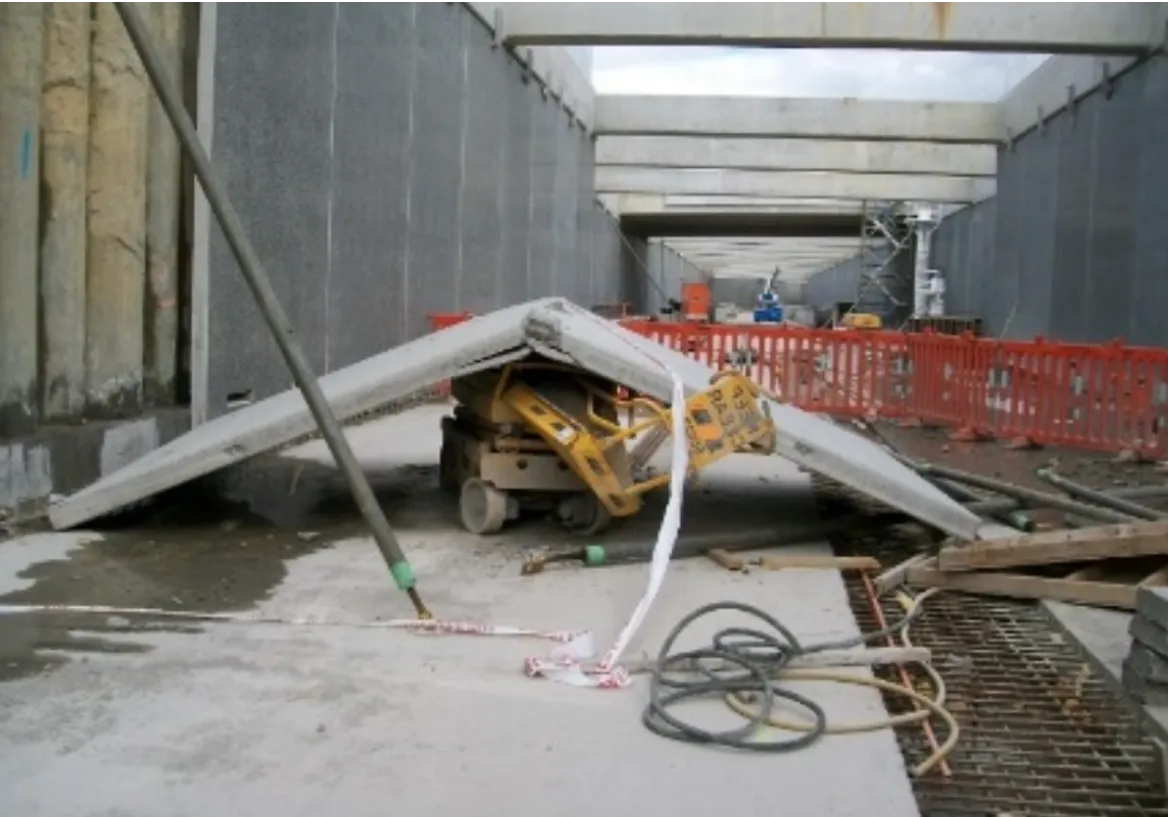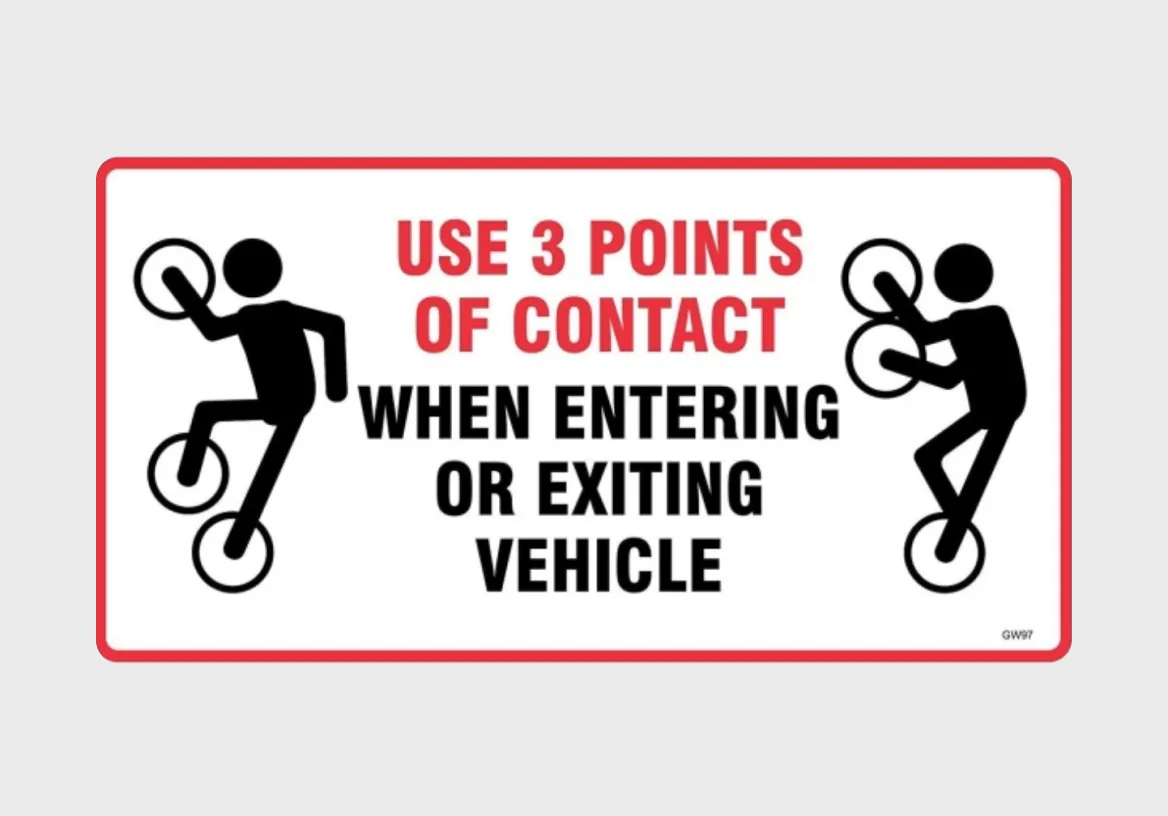Training & certification

MAC EWP Safety Guidelines
All operators MUST read & understand these guidelines before operating any EWP.

.webp)
Be VISIBILE
You MUST be visible to all people within the vicinity of your working area.
Use cones / barriers / signage / lights where applicable.

Be VIGILANT
LOOK OUT for any obstacles that may be a hazard i.e. trenches, holes, power cords/lines, or anything else that may cause a hazard.
It is your responsibility to BE AWARE of all hazards around you

Be AWARE
You need to the sufficiently trained to operate any EWP.

When climbing or descending from machinery a three-point contact-climbing technique is MANDATORY for safety.
By moving only one limb at a time you always maintain a three-point contact (both feet and one hand, or both hands and one foot).

Be FOCUSSED on YOUR job
NO WEARING of earbuds, headphones or use of mobile phones while operating EWPs.

NO-GO ZONE – STAY 4 METRES AWAY FROM OVERHEAD POWER LINES.
EXCLUSION ZONE – 4 TO 6.4 METRES FROM POWER LINES.

FAULTS
If the EWP is found to have a fault or problem, you must: -
1. Stop using the machine & tag out.
2. Notify supervisor/ machine owner.
3. Note fault in logbook.
2. Notify supervisor/ machine owner.
3. Note fault in logbook.
.webp)
WORKSAFE
When operating an Elevated Work Platform (EWP), it's crucial to stay informed about WorkSafe NZ’s safety guidelines to ensure a secure working environment. Always follow their requirements for safe use, proper training, and equipment maintenance to minimize risks and protect yourself and your team. Prioritize safety at all times to maintain a hazard-free workplace.
10 easy safety tips for operating an EWP
- Read, understand, and obey all Employer safety rules and worksite regulations, as well as any applicable local and Governmental regulations that apply before operating the machine.
- Perform a pre-operation inspection and function tests on the equipment before each shift. If it is the first time you have used the machine this has been done for you prior to delivery. If the machine fails any of these tests, make sure it is immediately tagged and removed from service until it can be repaired by a qualified service technician.
- Perform a workplace risk assessment prior to moving a machine around on the job site. Look for drop-offs and holes, slopes, slippery or unstable surfaces, overhead obstacles, power lines and any other hazards that may exist and develop a plan to avoid those hazards through all phases of machine operation.
- Wear the proper fall protection. At least two harnesses positions are provided with boom lifts and are required to be used (harness and lanyard) to reduce the potential for an operator being catapulted from the platform of a boom. The slightest jar at the base of the machine can equate into a sudden and powerful whiplash at the platform—if this happens, wearing the proper fall protection may reduce the chances of serious injury or even death.
- Do not sit, stand, or climb on the platform guardrails. Operators should always maintain a firm footing on the platform floor. Do not lean over the guard rails whist operating controls.
- Do not exit an elevated platform unless properly trained to do so, always maintain 100 percent tie-off.
- Do not climb down from the platform when it is raised. Whenever possible, keep a cell phone or two-way radio while on the platform and always have a rescue plan in place if EWP machine is not equipped with an auxiliary lowering system.
- Keep the platform floor clear of debris. Scrap materials, buckets, large toolboxes, and other items can cause a serious tripping hazard—remove any item from the platform that is not necessary to perform work.
- Speed of machine. Operate only at the speed you are comfortable with and is suited for the worksite.
- Receive proper training (both general training and hands-on practical training) on, as well as become familiar with, the exact aerial work platform you will be operating. This includes thoroughly reading the operator’s manual and safety signs on the machine, as well as understanding the function and location of all safety devices and controls before beginning operation.
Make sure to follow these straightforward safety tips to keep elevated work platforms operating efficiently day in and day out, across all EWPs.
Download our guidelines
Safety starts with YOU.

